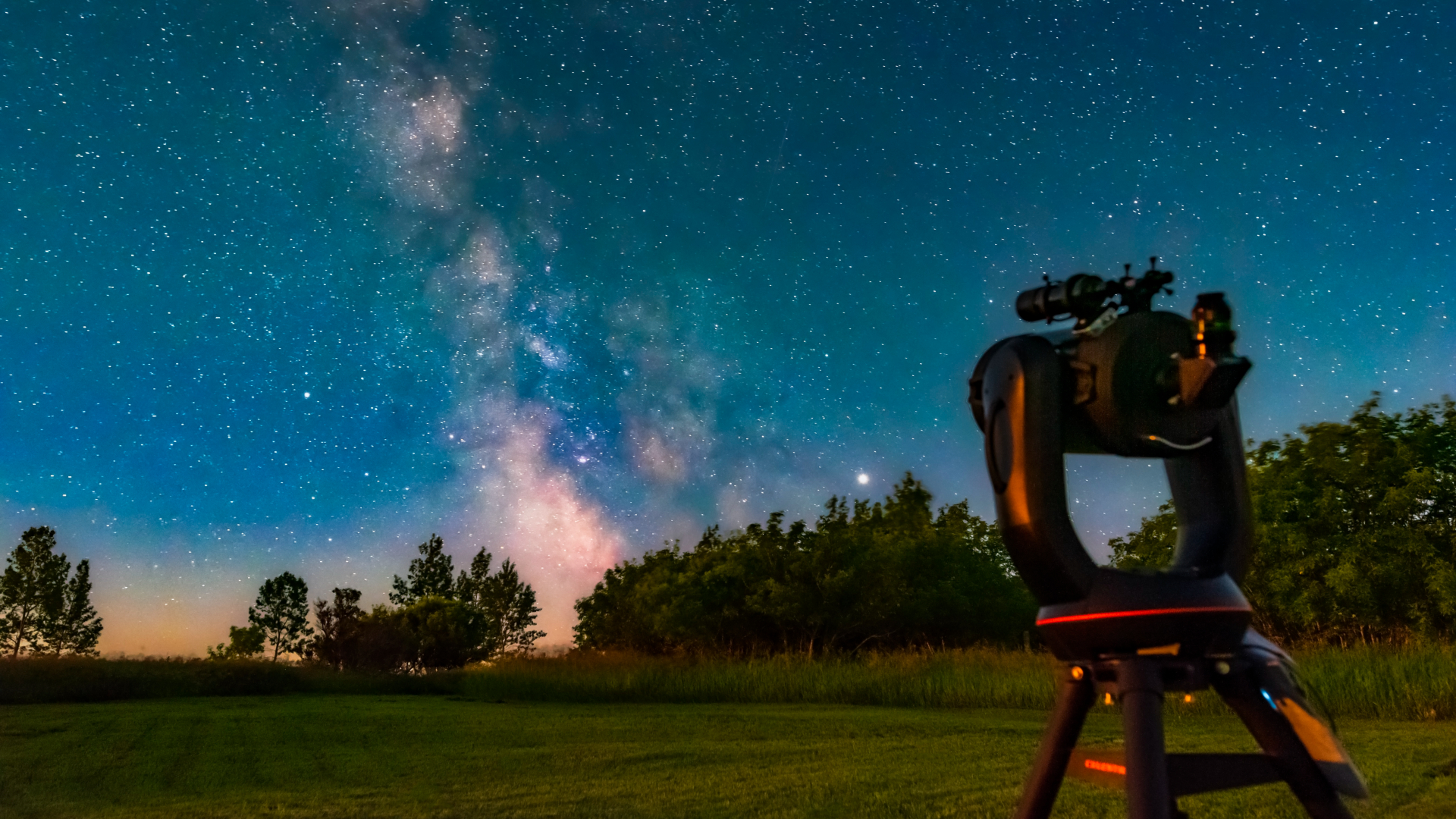Mars and Earth: Different to the Core
The differences between dusty Mars and lush, vibrant Earth are more than just skin deep. The two planets are different down to their very core.
Earth contains a heavy version of silicon that is absent from Mars.
The finding, detailed in today's issue of the journal Nature, suggests Earth’s core formed under very different conditions from those on Mars. It also supports the idea that the moon formed from material torn from early Earth by a collision with a planet-sized rock.
Rock samples from Mars and the giant asteroid Vesta show they contain a lighter form, or “isotope,” of silicate that is identical to those found in a primitive class of meteorites called chondrites. Scientists think chondrites are shed remnants of the original building blocks of planets that have fallen to Earth. Silicates are compounds made of silicon and oxygen mixed with other elements.
“The most likely explanation is that, unlike Mars or Vesta, the Earth’s silicon has been divided into two sorts—a portion that became a light element in the Earth’s core dissolved in metal and the greater proportion which formed the silicon-oxygen bonded silicate of the Earth’s mantle and crust,” said study team member Alex Halliday of Oxford University in the United Kingdom.
Earth is eight times more massive than Mars, and this could partly explain the differences in the planets’ core compositions, the scientists say. It might be that silicates in our planet’s core transformed into denser forms under the greater pressure conditions on Earth.
The research also showed that the moon contains the same silicon ratio as Earth. The moon is much smaller than either Earth or Mars, and is therefore not massive enough for its core to experience the kinds of pressures needed to change silicon from one form to another.
Breaking space news, the latest updates on rocket launches, skywatching events and more!
The finding is, however, consistent with the theory that our Moon was born when a Mars-sized planet, usually called “Theia,” collided with early Earth. The impact carved out a large molten chunk from Earth which eventually coalesced into the Moon.
The identical nature of the silicon composition on the Moon and Earth suggests our planet must have already undergone the core transformations necessary to make the heavier isotope before the Moon formed about 40 million years after the start of our solar system.
- Gallery: Visualizations of Mars
- Finally, a Solid Look at Earth's Core
- Mars' Gooey Core is Freezing

Space.com is the premier source of space exploration, innovation and astronomy news, chronicling (and celebrating) humanity's ongoing expansion across the final frontier. Originally founded in 1999, Space.com is, and always has been, the passion of writers and editors who are space fans and also trained journalists. Our current news team consists of Editor-in-Chief Tariq Malik; Editor Hanneke Weitering, Senior Space Writer Mike Wall; Senior Writer Meghan Bartels; Senior Writer Chelsea Gohd, Senior Writer Tereza Pultarova and Staff Writer Alexander Cox, focusing on e-commerce. Senior Producer Steve Spaleta oversees our space videos, with Diana Whitcroft as our Social Media Editor.
